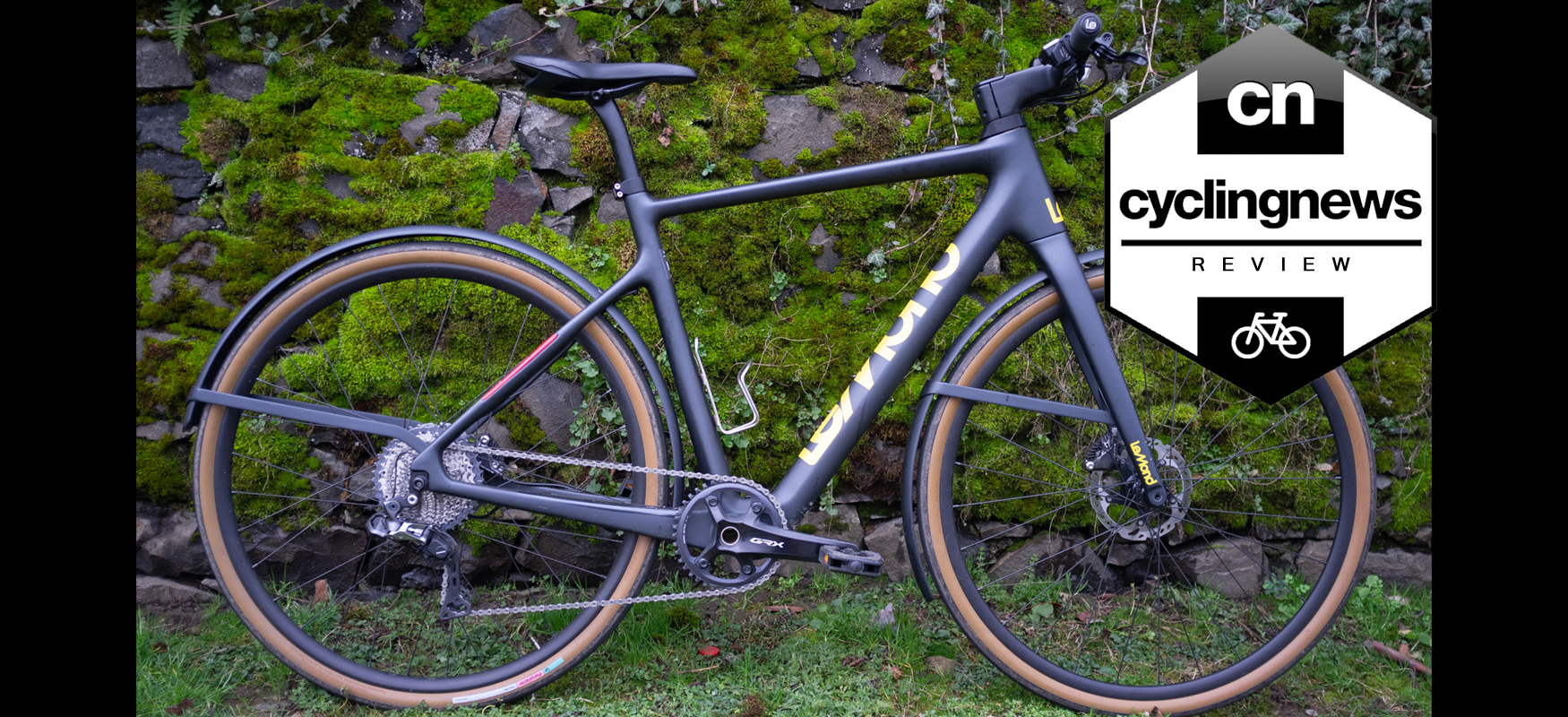Early Verdict
Lightweight, fast, and nimble with a barely noticeable electric assist. The LeMond Prolog feels like the perfect companion on a busy urban street
Pros
- +
Nimble
- +
Eye-catching design
- +
Unrecognisable as an e-bike
Cons
- -
Non-removable battery
You can trust Cyclingnews
If you saw the Lemond Prolog bike resting against a wall you'd never guess it was an e-bike. Walk up to it and look around and there's a lot to notice but none of it revolves around the electric assist. It looks like the kind of cool urban commuter I vaguely understand young people in San Francisco, London and New York might ride. The kind of thing curated by a stylist for the perfect picture of cool and matched with a great sling bag. There's very little exposed cabling and most of all there's no clunky battery.
There's no way you'll notice the chunky downtube but if you look closely, you might notice the big rear hub and the power button on the top tube. The look is a promise of good design and a certain kind of subtlety. The rest of the experience follows through.
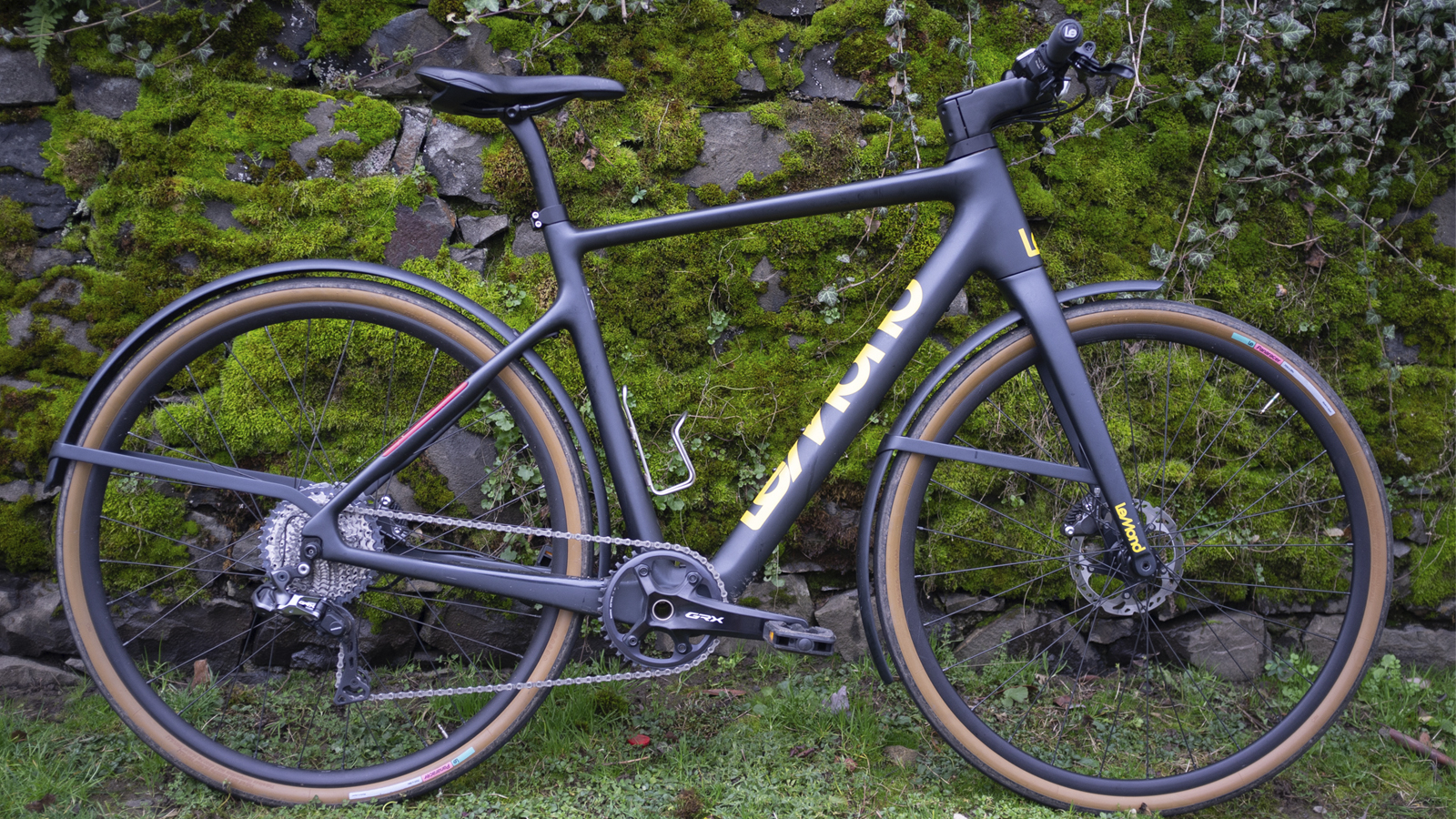
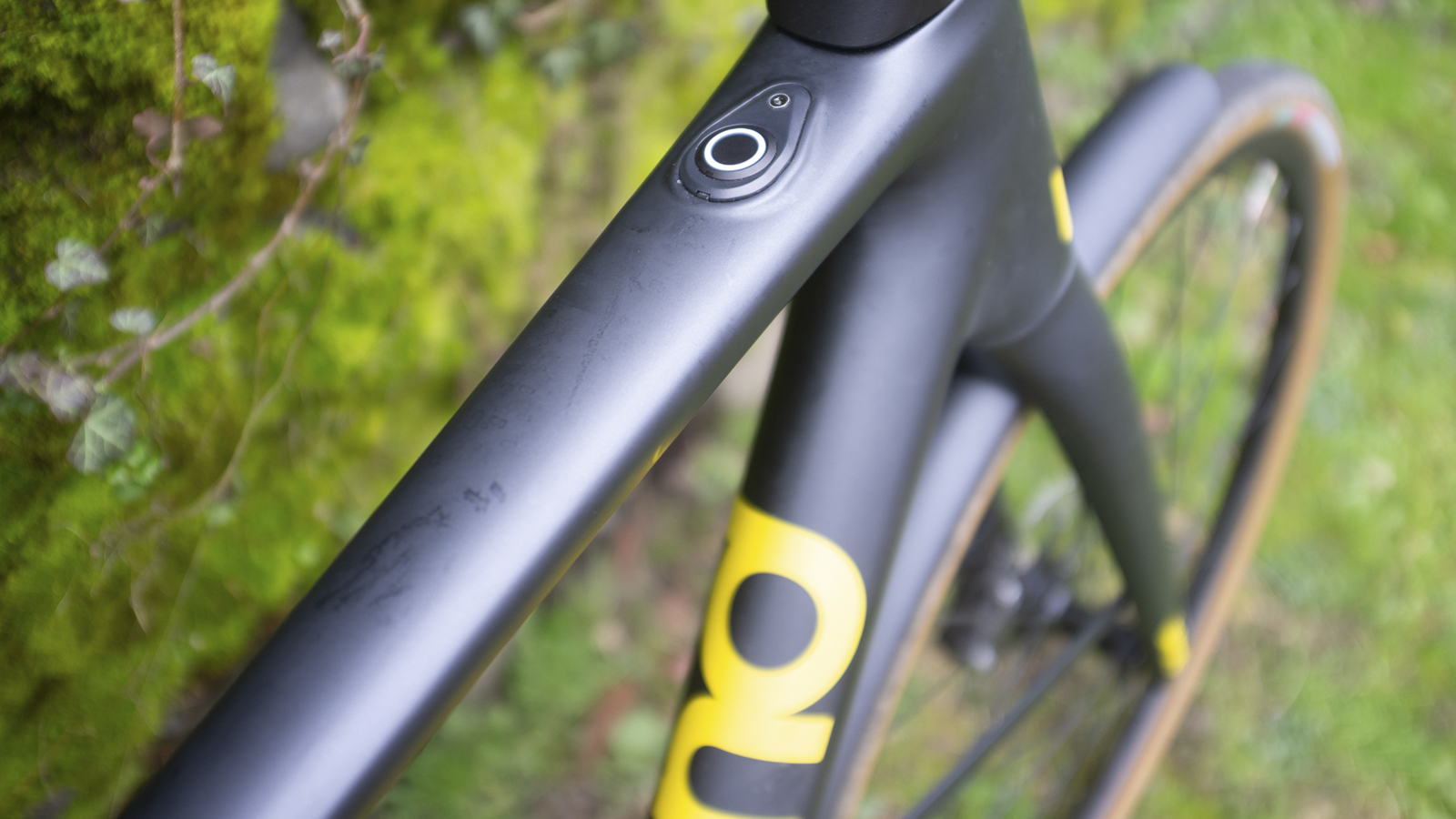
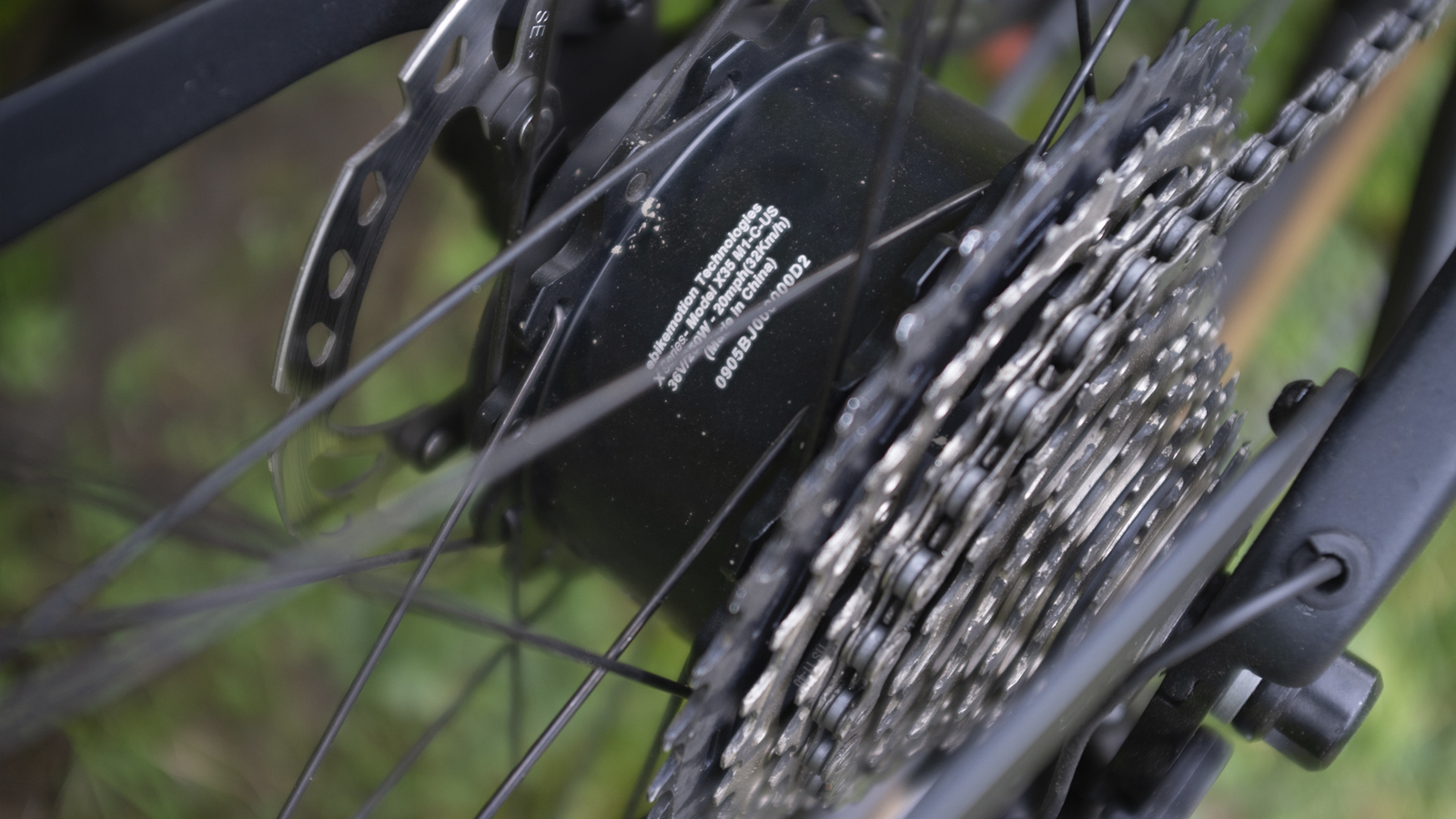
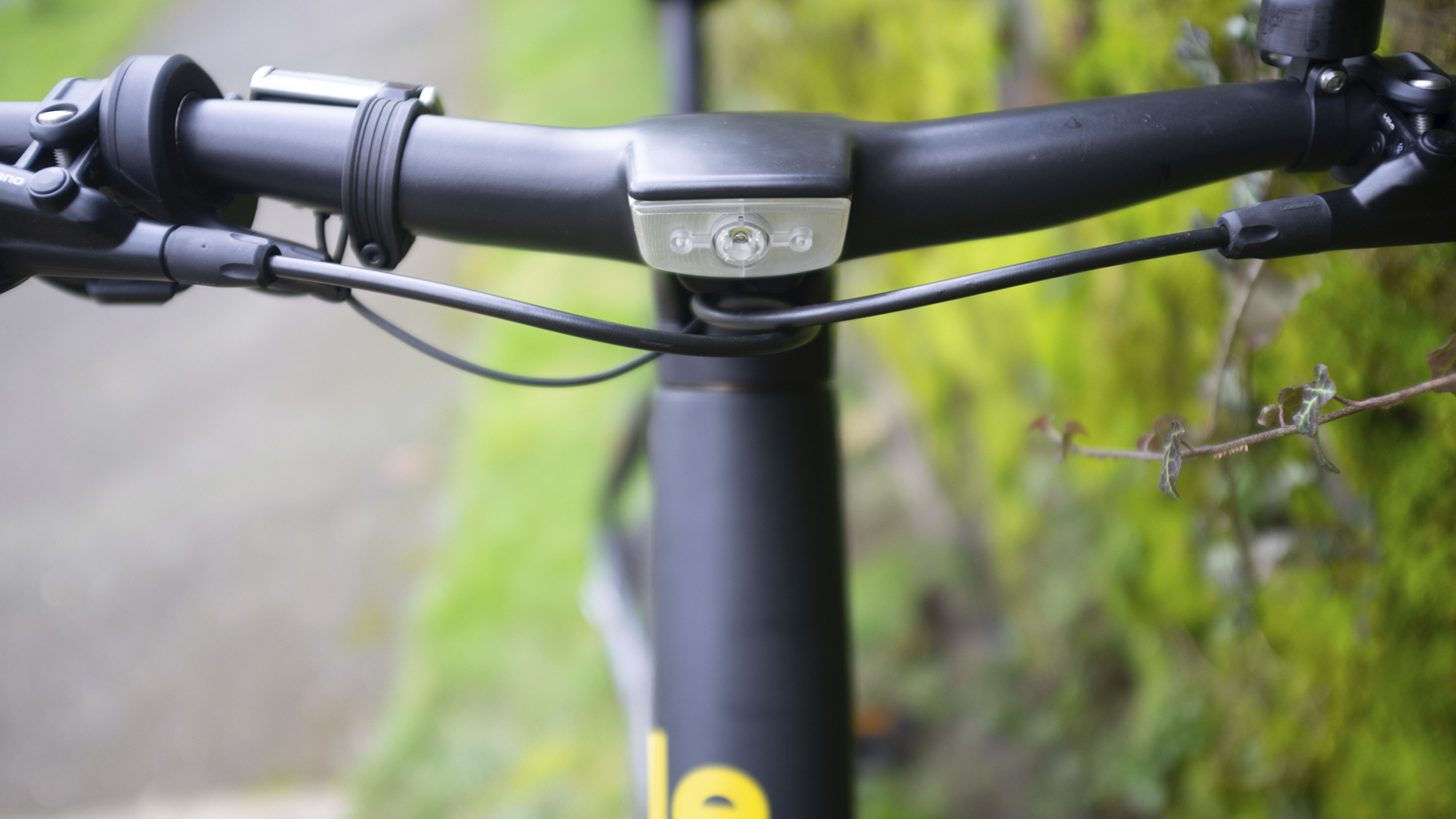
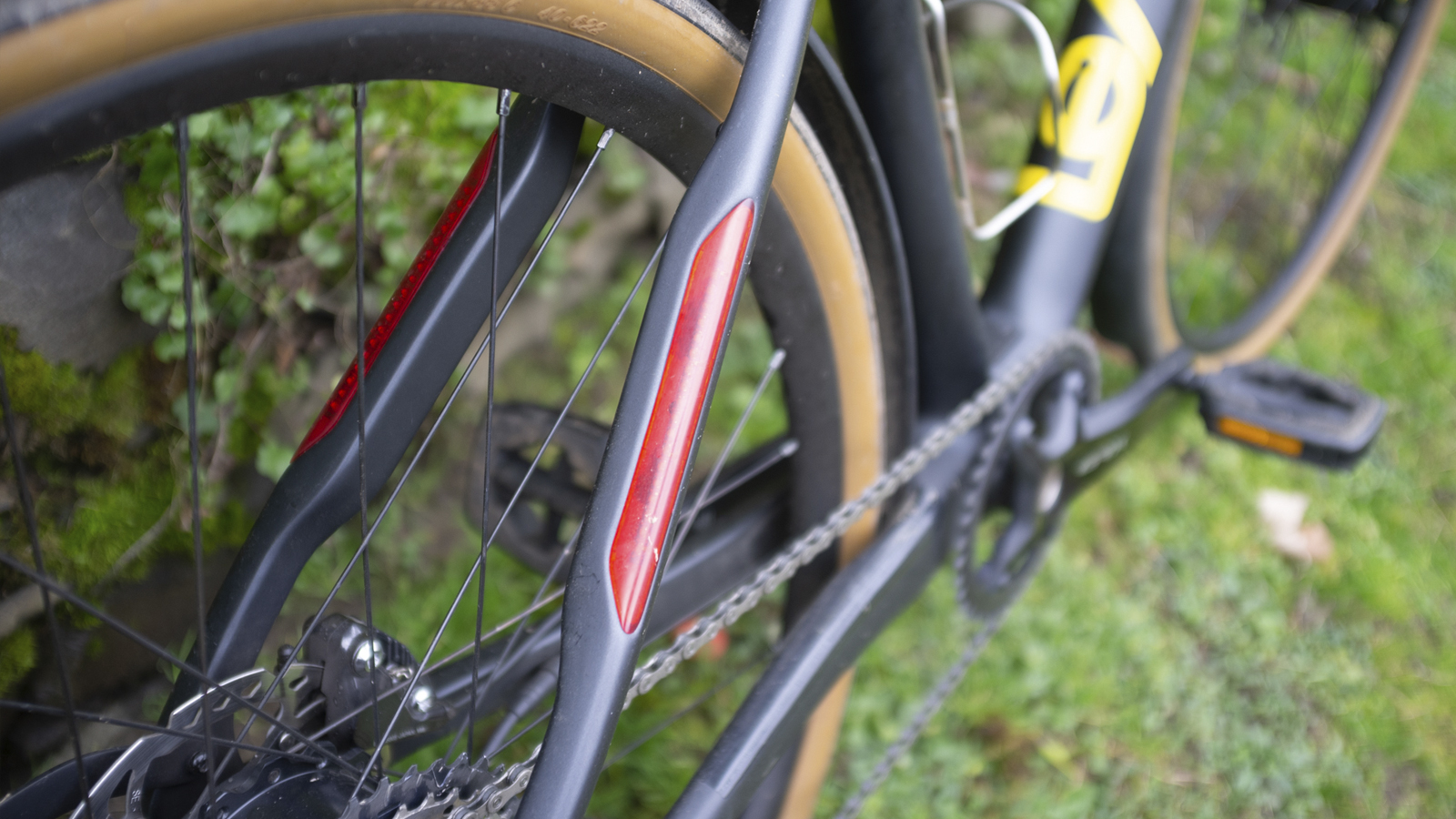
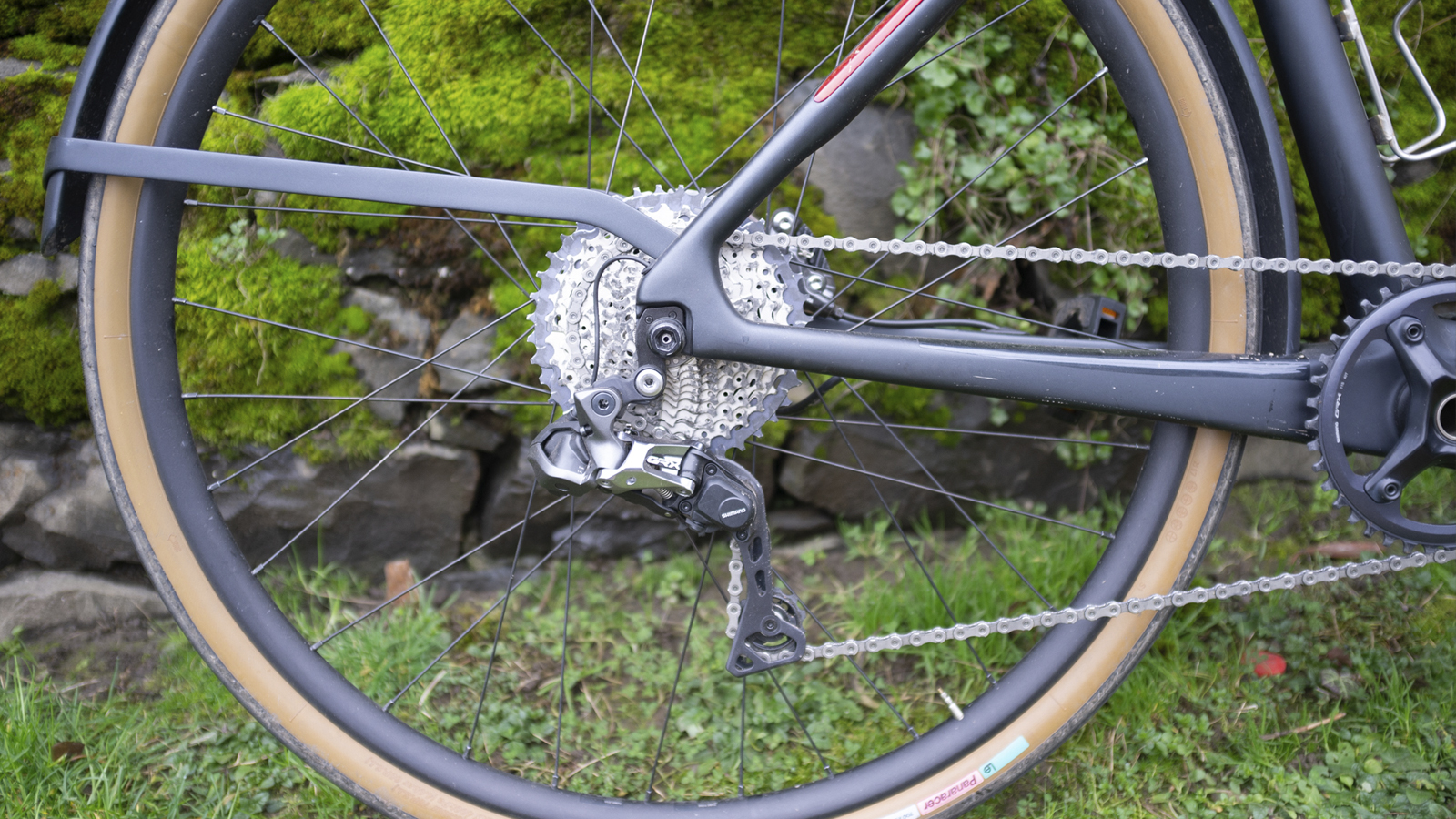
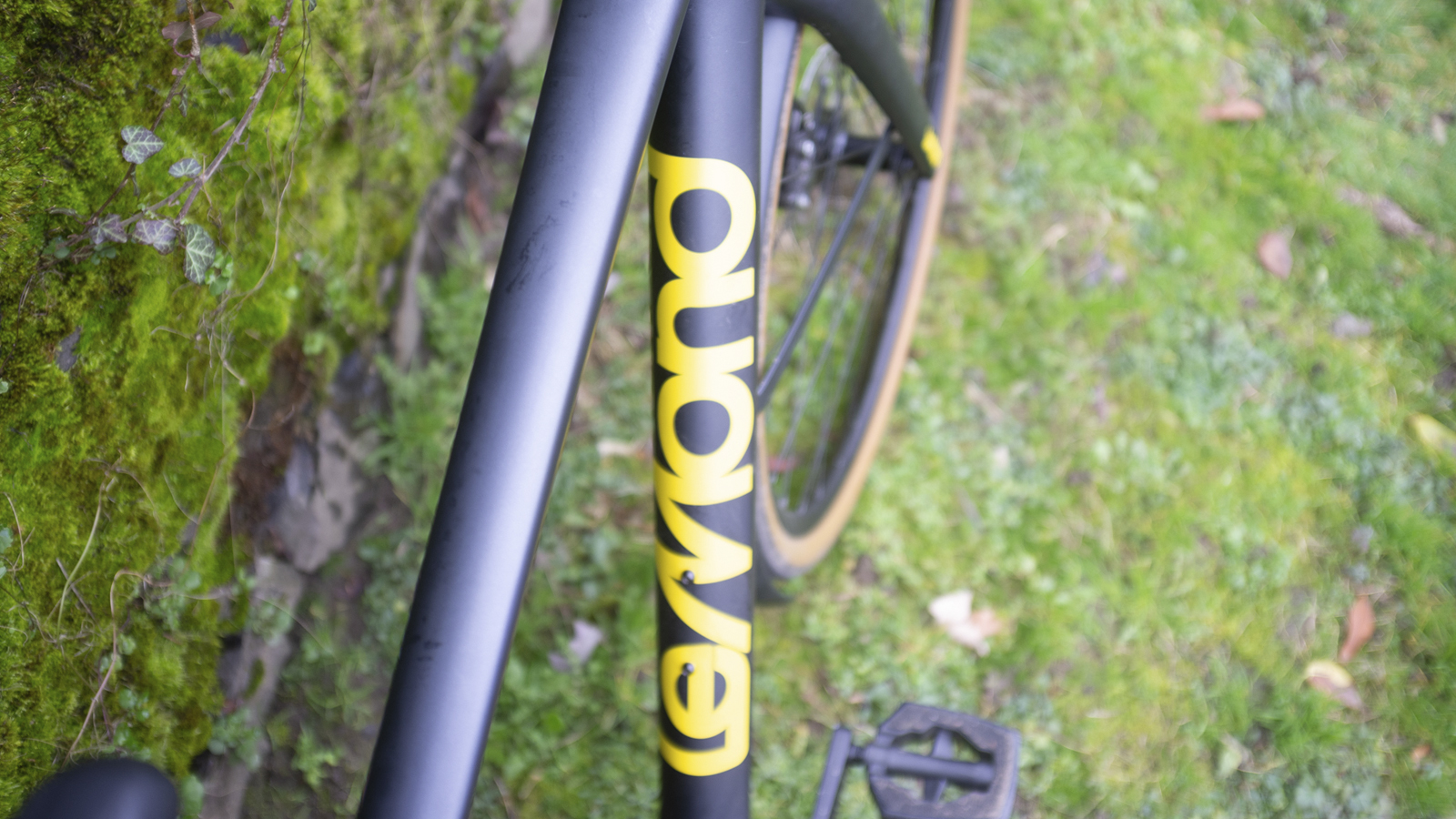
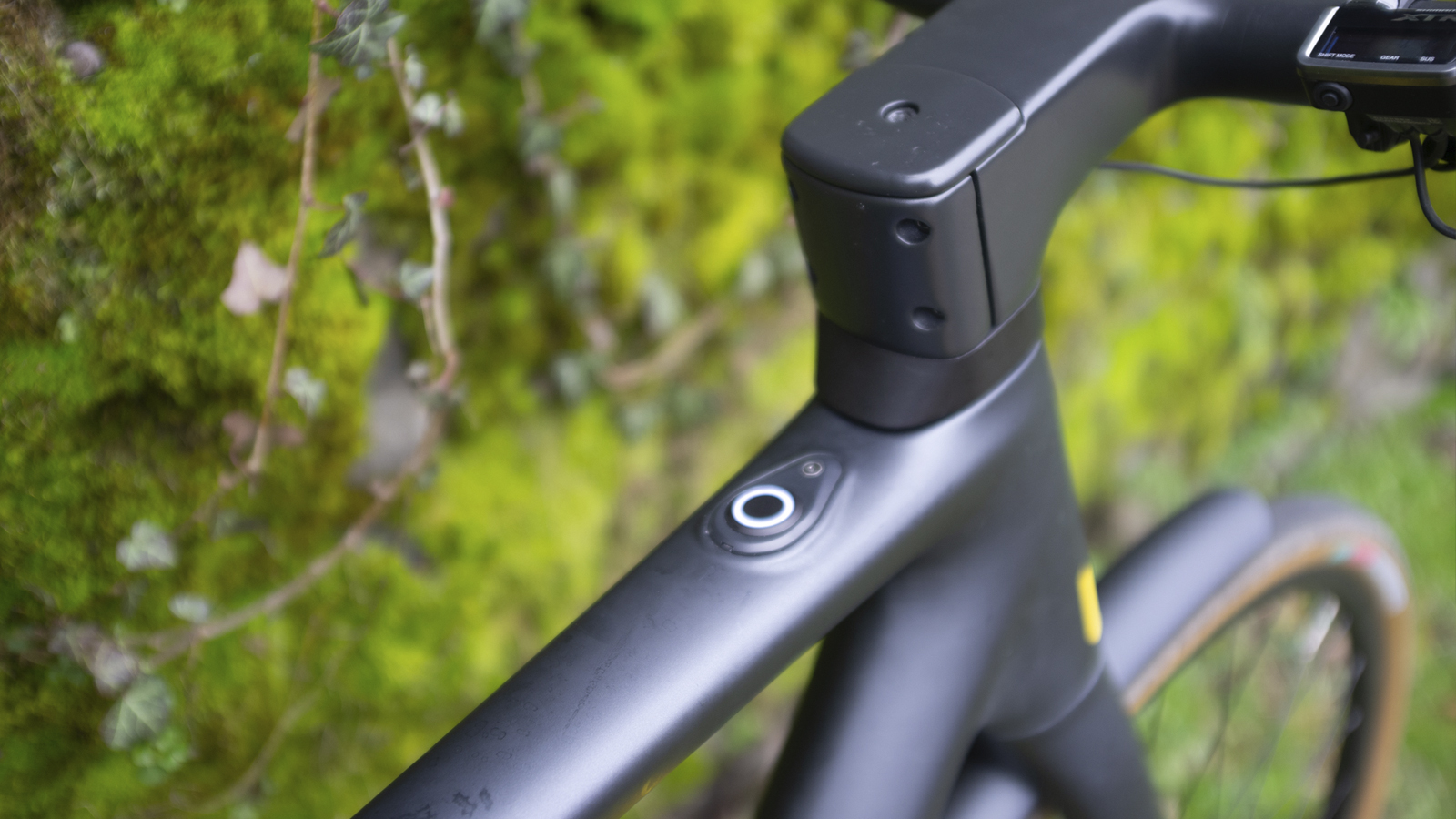
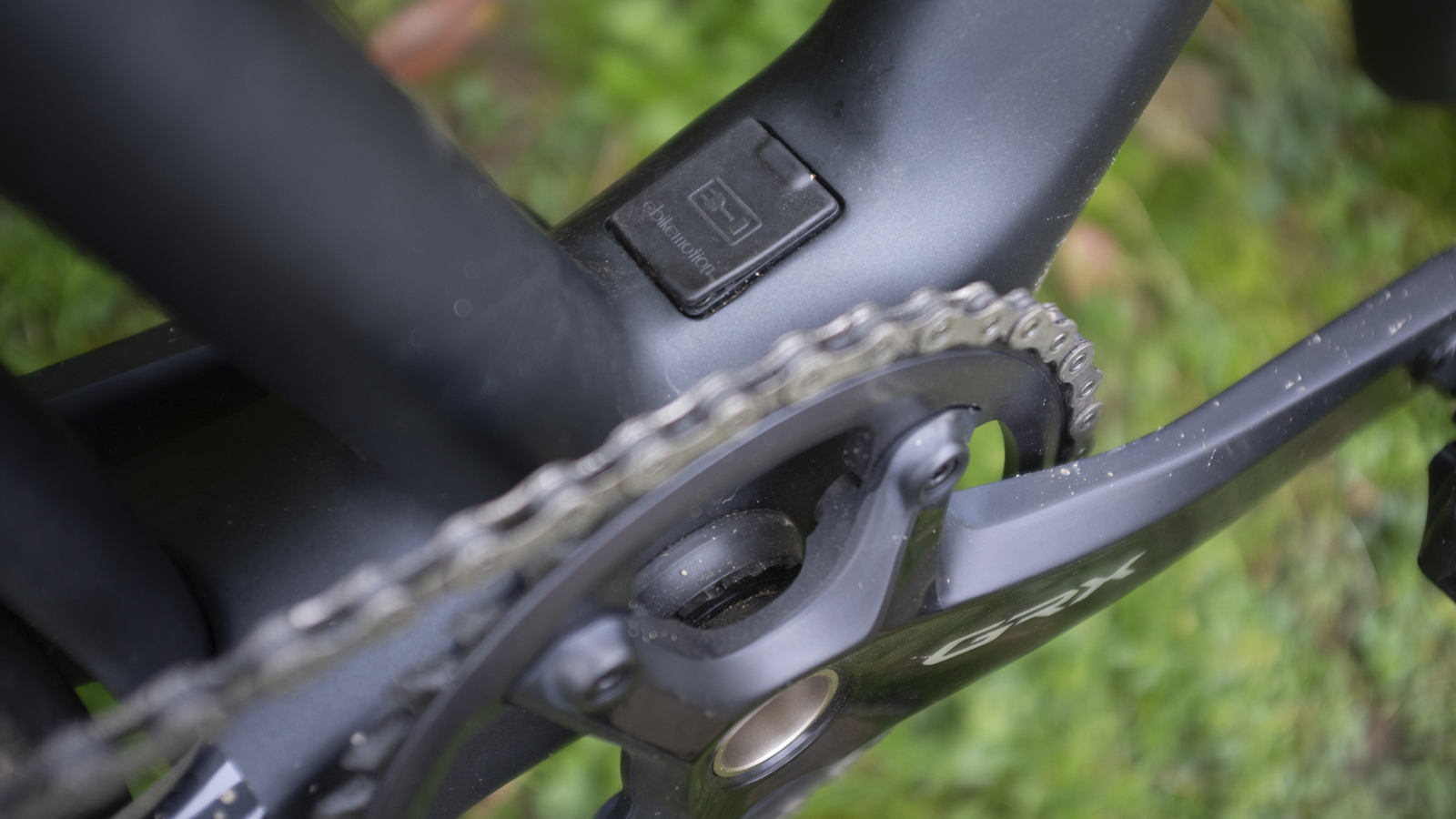
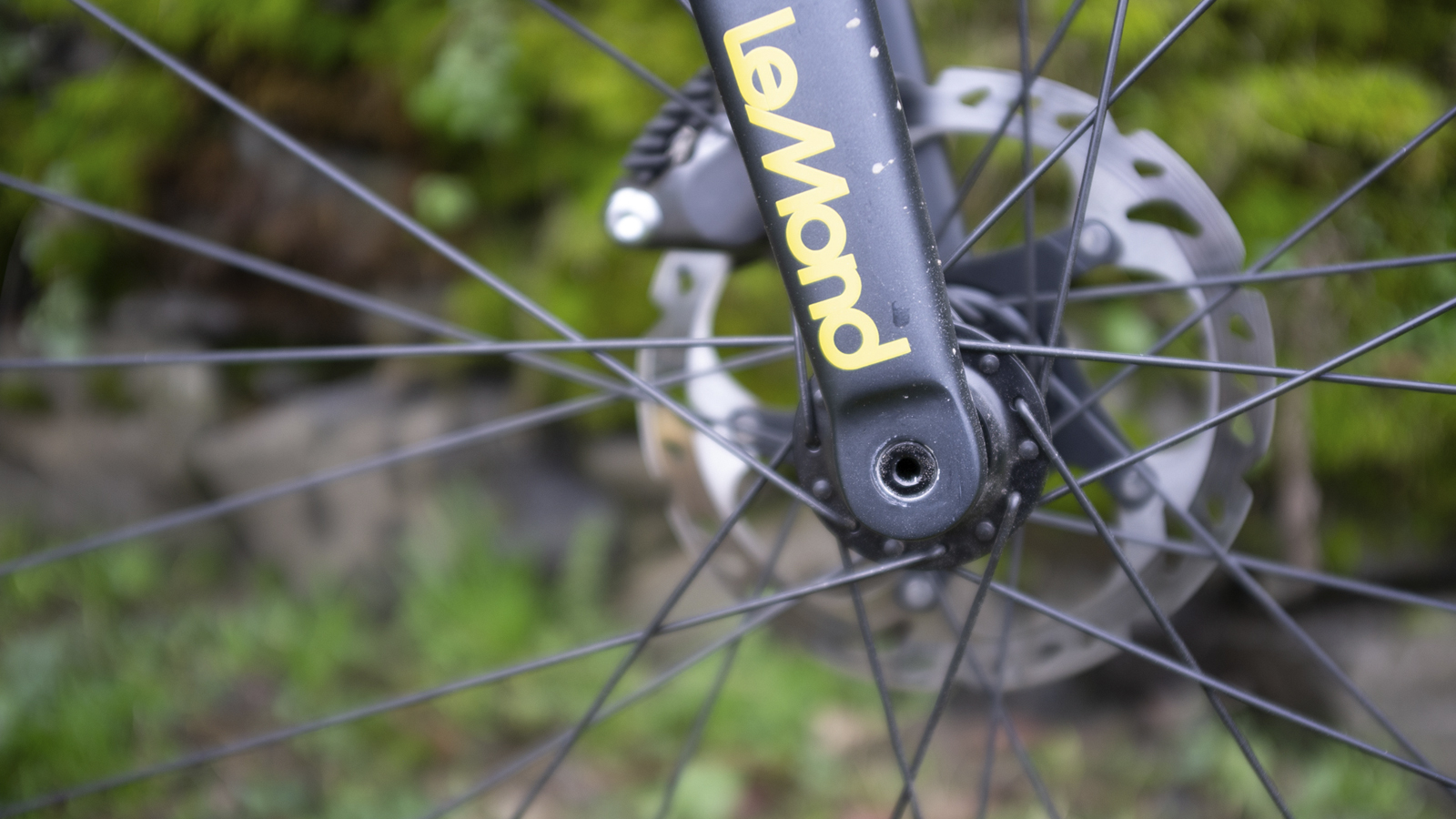
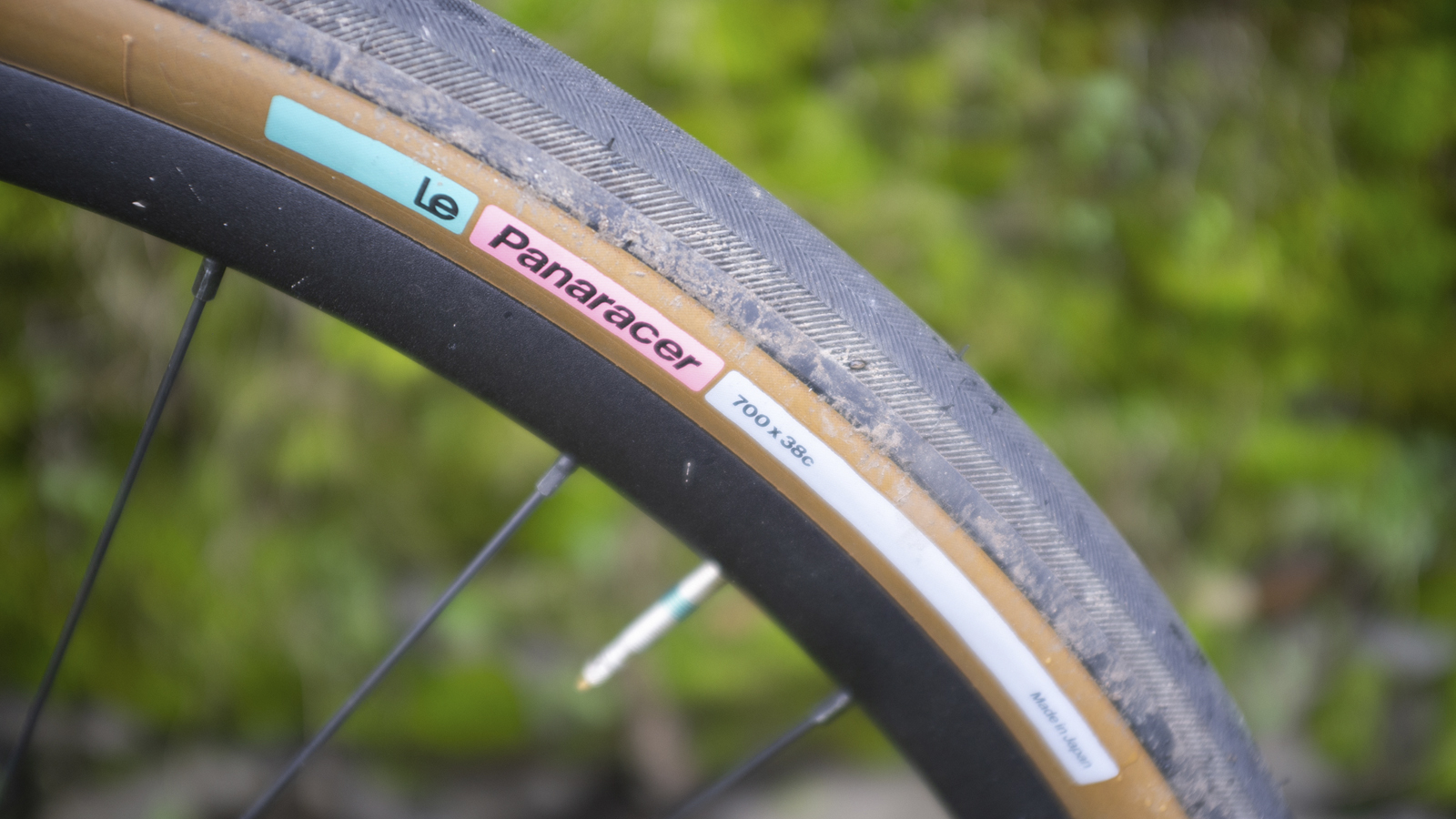
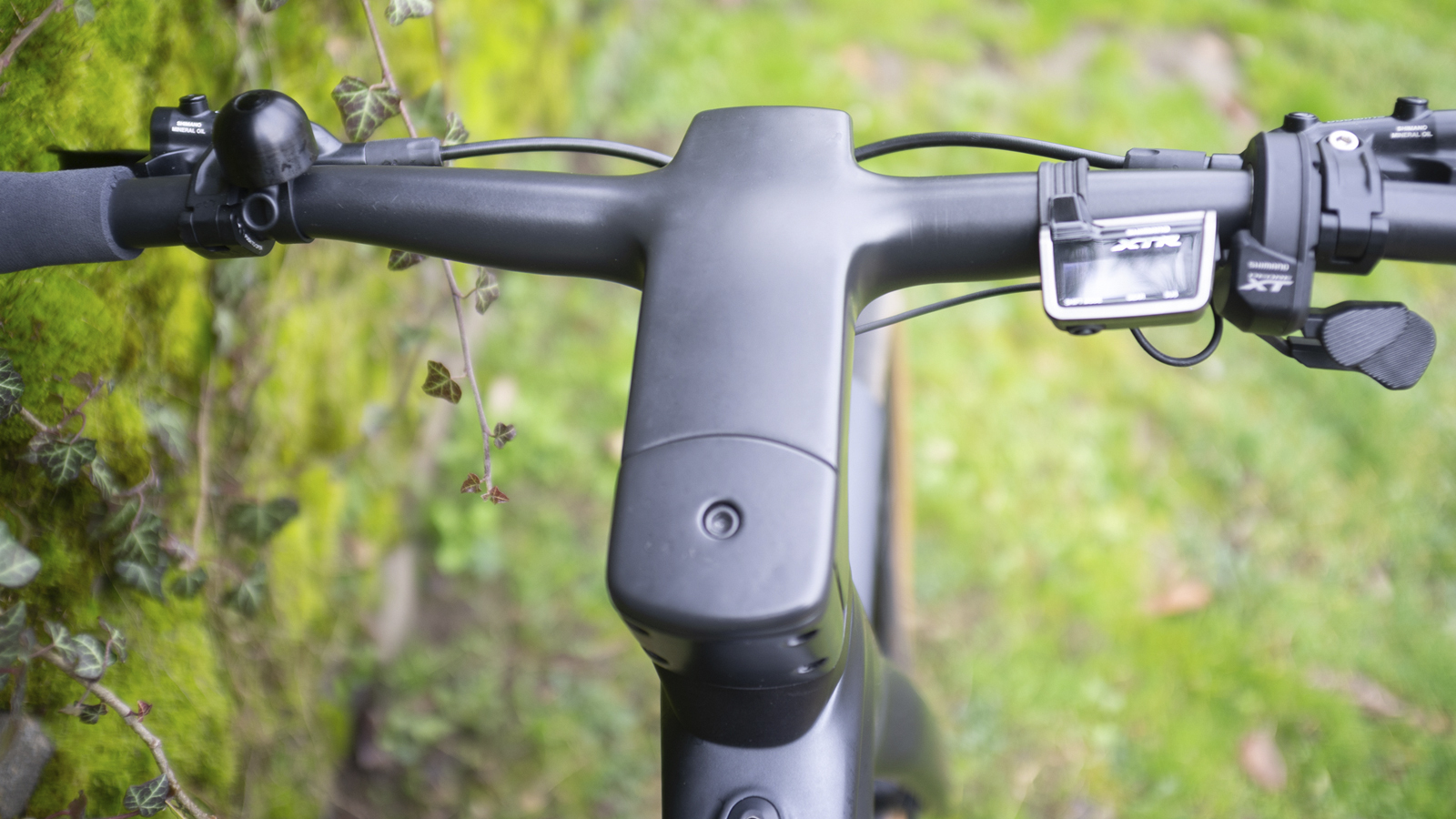
Design and Geometry
I'm not the kind of person who hangs on the words of athletes of any kind, not even Tour de France-winning cyclists, but I have a sense of Greg LeMond's words. He's been talking about carbon fibre and, separately, how easy it is to hide electric motors in bikes. Of course, the context is different but as soon as you see the Prolog you get a sense of why it was all on his mind.
Without any real effort to hide the electric motor system, it's pretty much invisible. That's not to say that the electric motor is actually hidden, it's right there on full display, but it's so well integrated it becomes invisible to the eye. If you know to look for it you have no trouble finding it, but instead of looking like an afterthought, it's a very well considered part of the bike.
- Best electric bikes: Assisted bikes for road, gravel, commuting and more
- Best electric bikes for commuting: Power up your ride to work
- Best hybrid bikes: our favourite fitness bikes for getting around town
Then there's the carbon fibre. Why make a carbon-framed city bike? The answer lies in expertise. In today's world, it's actually more difficult to build an exacting frame out of aluminium than it is carbon fibre. There's more expertise in high-end carbon than there is in high-end aluminium because that's where the market is. Greg LeMond happens to be at the forefront of that with the LeMond Carbon Company. It just makes sense to see the LeMond name on a high-end carbon fibre framed city bike with an integrated electric system.
It also makes sense that a three-time Tour de France winner built a bike this sporty. The LeMond eBike frame geometry pulls from Greg's years of experience on every flavour of bike and it shows his predilection for an athletic ride. Greg has a real passion for fit and geometry. The layout for every LeMond frame endured revisions and refinements for months based on his personal testing.
At the end, the numbers aren't drastically different from what you'll find on other fitness-oriented urban commuters. Look closely though, because small numbers make a big difference. The stack and reach shade just a few millimetres to the long and low side, and the trail is a bit on the short side. Small changes that reflect the ergonomic preferences of someone who enjoys riding hard. It's appropriate for the urban environment and it's a lot of fun.
Components and Build
Like most electric bikes the Lemond Prolog is a highly integrated affair. The starting point is a monocoque carbon fibre frame, fork, and gorgeous one-piece bar and stem combo available in three colours and sizes. Integrated into the frame is a Mahle X35+ system - one of the best e-bike motors - with a non-removable battery in the downtube. The system has a maximum power-assisted speed of 20mph (32km/h), 40Nm max torque, and a 250wh battery good for a 46-mile (75km) range. There's no display for the Mahle system, instead, there's an inconspicuous button at the front of the top tube. The glow of the button changes depending on the status. Other integrations include a 500-lumen bike light at the front and two rear lights rated at 70 lumens each. The non-electric side of the drivetrain comes standard as a Shimano 1x11 hydraulic system with an 11-40T cassette and a 40T chainring.
If you feel like springing for some upgrades there are a few options available for a price. Carbon wheels with Tune hubs, a 250Wh range extender, or Shimano Di2 are the big-ticket items. Smaller accessories are also available. For now, the carbon fibre fenders are being included for free and carbon fibre front or rear racks are an add-on accessory as well.
Ride, handling and performance
The LeMond Prolog is a fun bike. I jumped on it at a busy downtown intersection with no bike lane and between light rail tracks. I was also warned I was riding one of two copies in the country and please take care of it. Given the circumstances, I elected not to contend with a new-to-me electric-assist system at the same time.
I've ridden lots of electric bikes that really start to pull the rider up to speed as soon as the pedals start moving. The last thing I wanted was to get a wheel caught in the tracks during that initial pull up to speed. As I started to ride away from the curb the bike felt like a number of other bikes I've ridden. Right away I felt stable and comfortable in traffic.
Riding without electric assist turned on, the Prolog feels like a really good city bike. It's stiff and responsive. The tyres are a wide 38mm that should take the chatter out of rough roads, although on my test they were way overinflated. With the overinflated tyres and the stiff frame, the bike felt like a race bike with flat bars. Within a block, I was happily mixing it up with traffic and looking to figure out how to turn on the electric assist.
Despite the feeling of eagerness, there's no twitchiness to the Prolog. I'm not someone who ever rides without hands and I rarely ride one-handed. Two blocks into the ride though I had the bike pointed up a hill, in traffic, with one hand off the bars searching for the On button. A press of the button and the electric motor kicked in. The first impression was, "is it on?" A couple more turns of the crank and I can feel it working. It's silent and barely noticeable but it is there. It doesn't take over the ride but it adds a small push.
Pulling away from a traffic light with cars behind me, I would have welcomed a pull from the electric motor but it was never there. It takes a turn or two of the crank for it to start helping and it's always subtle. Downtown Portland Oregon sits within a few short blocks of 10 per cent gradients as you climb west from the city centre. As I headed in this direction, I could notice the motor more but it still never commandeered the ride.
As I climbed at 12 per cent for a mile or two, in street clothes and flat shoes, I could hear the motor more. A combination of less street noise and a harder working motor made it audible but still, my heart rate was about where I would expect it to be for such a climb. The main difference the motor made was that even on the steepest hills I never moved from the centre of the cassette. Although I was standing, my cadence was always reasonable.
The overall feeling of the bike comes together to make you feel like a hero. If you are climbing a steep hill, it never feels like you are being pulled up the hill. Instead, it feels like a younger, stronger you. Mixing it up in traffic there's an amazing willingness to dart between cars but it's always stable and comfortable. The LeMond Prolog never makes it feel like riding with a crutch and above all, it's fun.
Verdict
The base price on the LeMond Prolog is $4,500. At that price, I could easily see a bike like this being a standard high-end city bike. The frame is responsive and stiff with quality wheels and a good choice of gearing and tyres. Obviously, not everyone looks for a city bike at that price range, but those people do exist and this wouldn't be outrageous in that market. The Prolog throws the electric assist system into the equation without charging more. Given that set of circumstances, it's a great choice if it fits your needs.
The only question you might consider asking is how much you want the electric assist to help. LeMond adds the electric assist as a way to take your inputs and magnify them. I like to ride bikes and the last thing I would want to do is sit on a motor scooter. Given that desire, I'm a big fan of the approach taken. It's a nice bonus that the bike also looks great. I'll take one in the Rose colourway, please.
Test conditions
- Temperature: 45-50 degrees F
- Terrain: Urban city centre and steep hills
Tech Specs: LeMond Prolog
- Price: $4,500 (base price), $800 (electronic shifting upgrade)
- Frame: Carbon
- Size: Medium
- Weight: 26lb (11.8kg)
- Groupset: Shimano GRX
- Crankset: Shimano GRX 40T, 11-42T cassette
- Wheels: Token G23AR Prime
- Tyres: Panaracer Gravelking Slick+ 700 x 38mm
- Brakes: Shimano GRX hydraulic
- Bar/stem: Proprietary one-piece carbon handlebar and stem
- Seatpost: Carbon fibre 30.9mm
- Saddle: Selle Royal lift
Josh hails from the Pacific Northwest of the United States but would prefer riding through the desert than the rain. He will happily talk for hours about the minutiae of cycling tech but also has an understanding that most people just want things to work. He is a road cyclist at heart and doesn't care much if those roads are paved, dirt, or digital. Although he rarely races, if you ask him to ride from sunrise to sunset the answer will be yes. Height: 5'9" Weight: 140 lb. Rides: Salsa Warbird, Cannondale CAAD9, Enve Melee, Look 795 Blade RS, Priority Continuum Onyx
What is a hands on review?
'Hands on reviews' are a journalist's first impressions of a piece of kit based on spending some time with it. It may be just a few moments, or a few hours. The important thing is we have been able to play with it ourselves and can give you some sense of what it's like to use, even if it's only an embryonic view.
